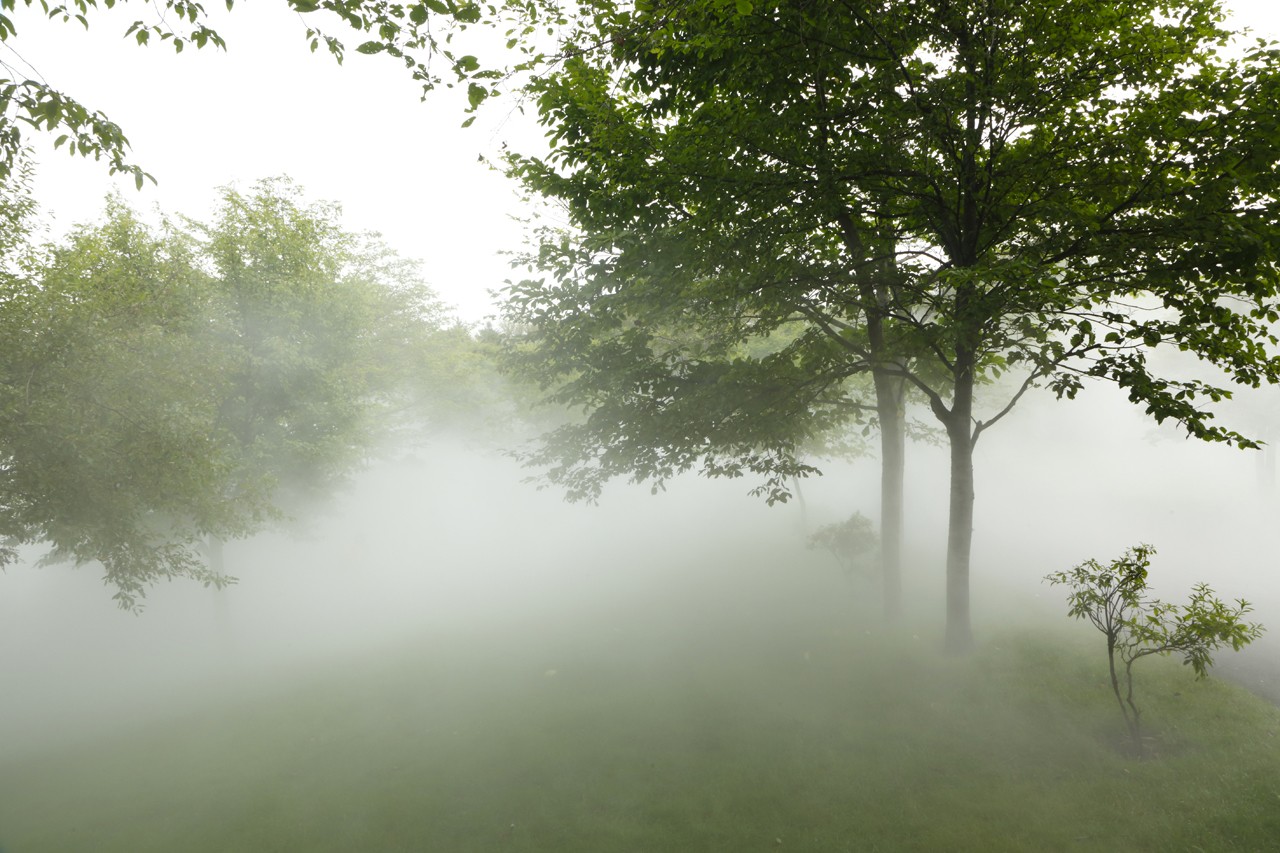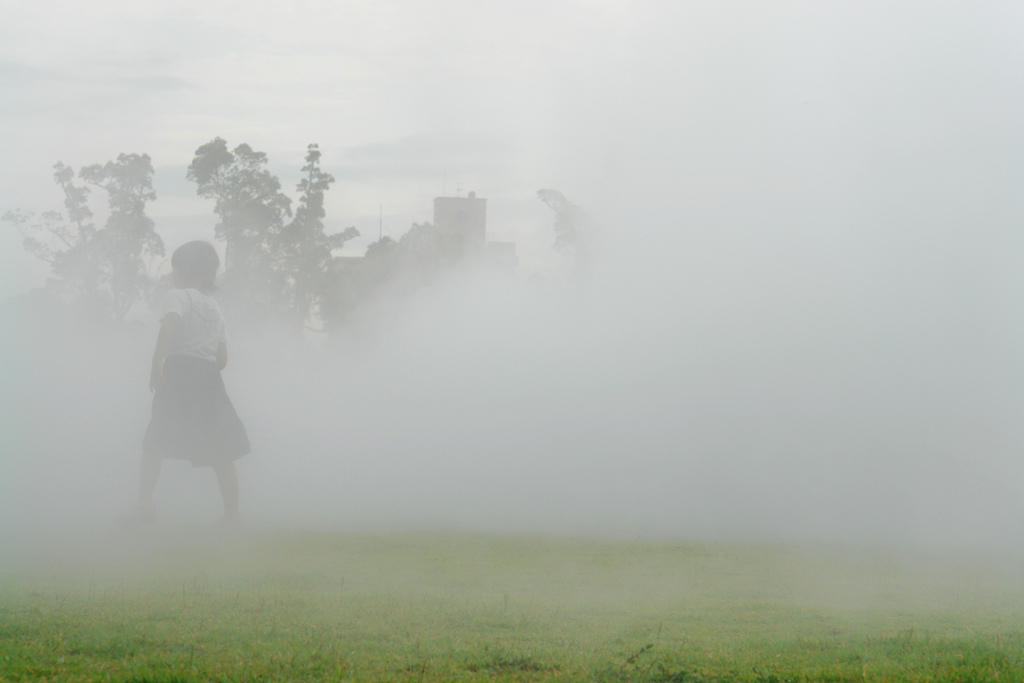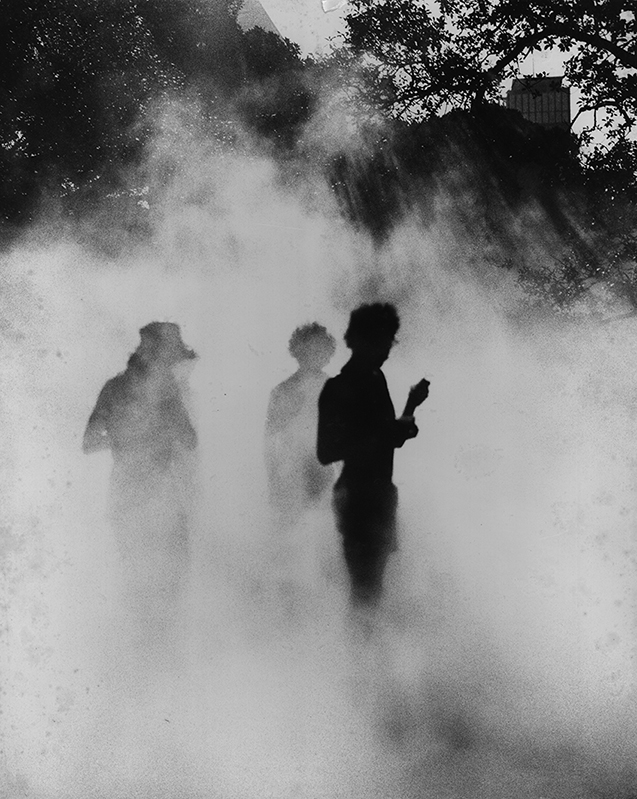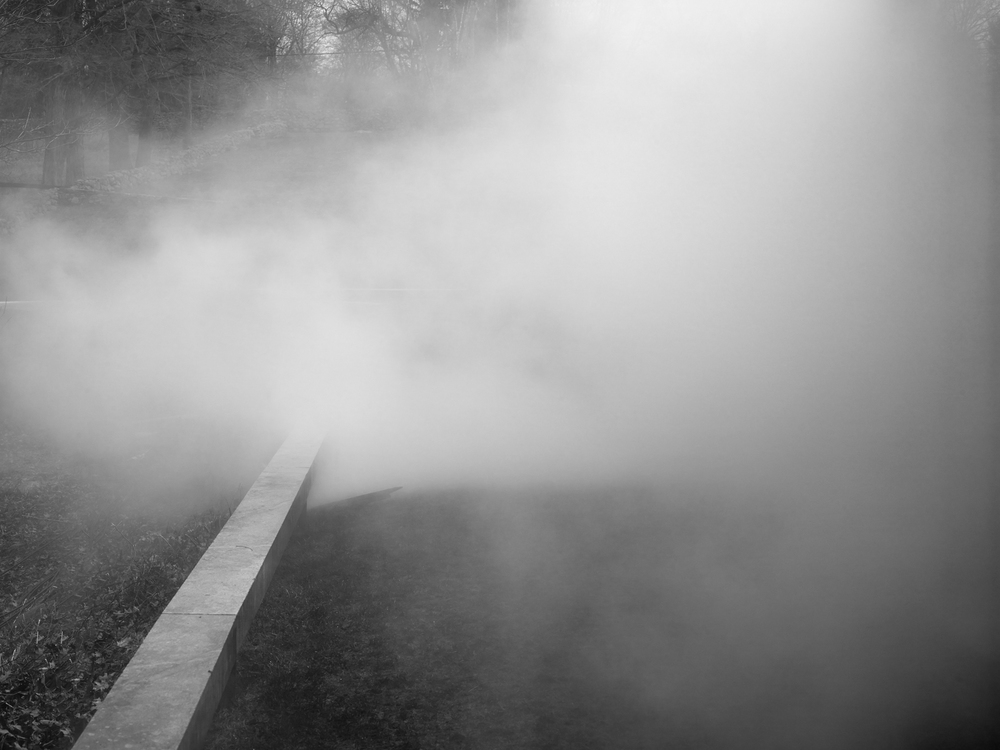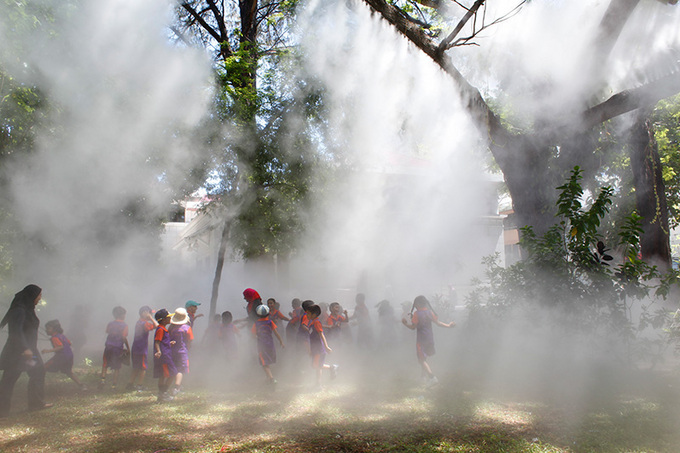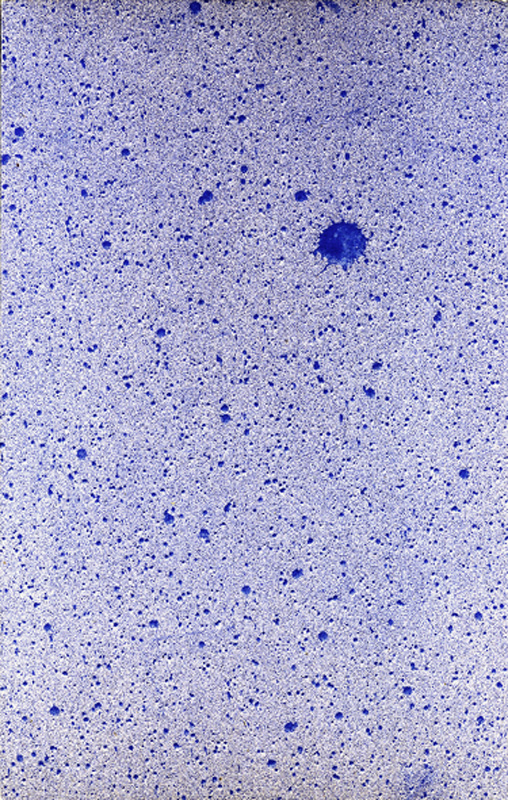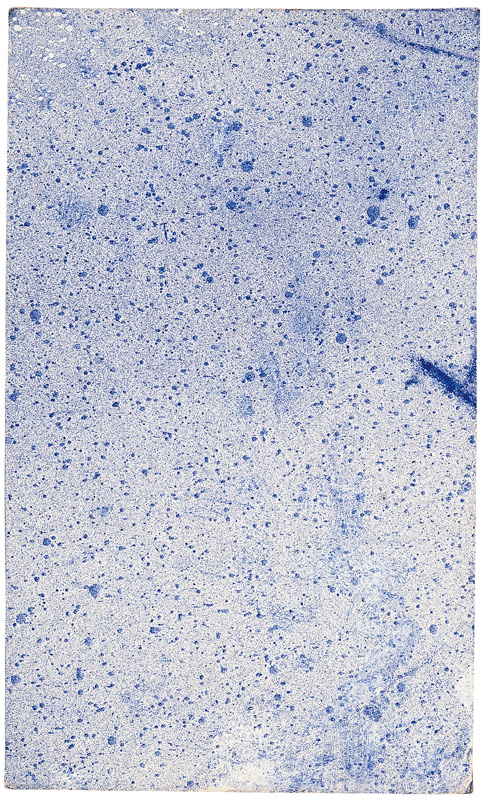Artist Blog
Every week an artist whose single image was published by Der Greif is given a platform in which to blog about contemporary photography.
Collaborating with nature: walking in the clouds with Fujiko Nakaya
Dec 19, 2016 - Noora Sandgren
What does it mean to share an authorship in artistic process? Perhaps it could be described by opening up, inviting chance and willingness to study some other knowledge, language and logic than mine. To actively listen is to let a dialogue evolve by its own weight.
Artists have always been interested in various ways collaborating with their natural environments; Yves Klein let rain create his paintings, however Fujiko Nakayas installation art is a contemporary example of collaborative attitude taken even further. She has been interacting with natural elements like atmosphere, air currents and water since 1970. She uses the fleeting medium of fog to create site specific outdoor sculptures.
The base of Nakayas work with this medium lies in her fascination to cyclical events, meaning process of decay – the constantly occurring phenomena of forming and disappearing. Her fog is a tool for appreciation and access – to get back in touch with nature and being able to interact with one´s surroundings. It seems to me that her using of fog as a medium for sculpting is analogical to photographers using cameras and light sensitive materials – to work with shadow and light in order to draw form out of an environment one lives in and for creating a relationship to space.
The combination of science and art is interesting: long collaboration with atmospheric physicist Thomas Mee was needed to find a technique to generate water vapor mist that could interact with the atmosphere. Testing was required to understand its ways of performing in different weather conditions. For her outdoor site specific installations, Nakaya studies the local meteorological conditions, wind speed and direction also by using her own body in gathering data on spot, feeling the breeze herself.
Nakaya´s fog art is immersive by experience – one walks inside the sculpture feeling the mist on skin. I can imagine it being an experience of joyful play – but there´s also an element of fear. Fog obscures the familiar, it´s a white darkness where one looses the sense of direction, ability to see the way as one is used to. The situation forces one to rely on other senses than eyes, to draw a new path by feeling the way. I think the act of creating a setting or happening like event that celebrates this concealing matter is a strong and even political metaphor. It brings to my mind Derrida´s writings in the Memoirs of the blind: The Self-Portrait and Other Ruins (1993), where a third eye opens up in fingers, when at night one is walking in the darkness. He implies this may be a more accurate way of seeing. I too am constantly questioning the actions of looking and seeing, and part of my works in Fluid Being series could be thought as blind photographs in one sense. Besides the visuals perceived by eyes I am also interested in the action of seeing with fingertips – using body as means to construct a dialogue with surroundings and gaining knowledge by skin.
As ephemeral as the nature of her medium, Nakaya´s fog sculptures exist for a moment, before disappearing. After much of studying she knows how to work with the environment, so that giving form for her sculptures is possible. But she also shows her ability to accept the permanence of change by letting the weather shape her sculptures. More important than permanence of her work, is how her work shows fog sensing its current environment, making it visible. Her works invite one to think how climate changes.
Nakaya´s installations communicate the pure interest of what nature may offer, but also the need for respect towards the existing physical forces, which may not always remain kind.
I relate to Nakaya´s practice of giving up of control over the artwork, which is the magic and releaf in the dialogue with nature. It means the art piece is created from the being-with and negotiating between the human and nature´s will (which is also the politics of gardening), where cyclicality is actually experienced and nothing is solid.


